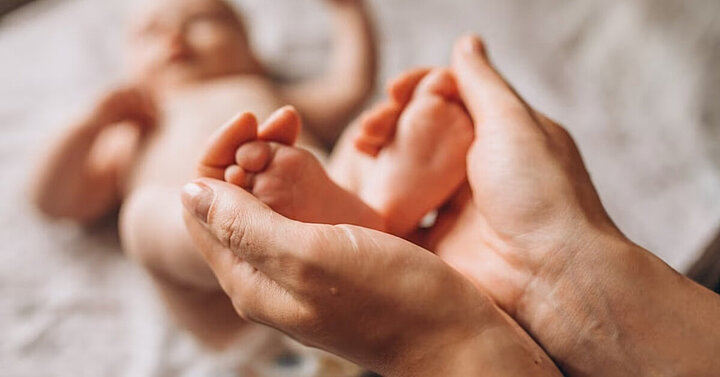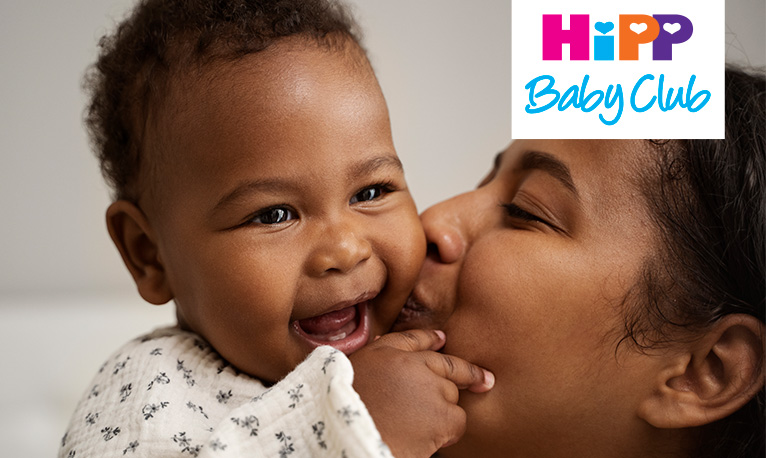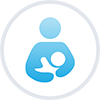Diagnosing and managing childhood rashes
Newborn | | Dr Alia Ahmed
Rashes in children are common and can occur for several reasons. Spotting rashes can be fairly simple, but managing them can be difficult for the carers of babies and young children, especially if they are causing symptoms that leave your little one distressed.
Viral rashes
Often, rashes are associated with intercurrent illnesses (e.g. viral infections), teething, allergies, changes in environment, medications or vaccinations. If you spot a rash I recommend looking at all of the skin to gain a good idea of how widespread it is. Assess the rash for key features like temperature and texture (is it warm, smooth or rough). Also look out for signs like blisters (small fluid filled bumps) or pustules (small pus-filled bumps), this information can be helpful when discussing with your family doctor or dermatologist.
Allergy rashes
Allergic reactions occur acutely and can be due to many causes. Food-related reactions can cause rashes (localised, for example around the mouth; or widespread) and systemic symptoms (e.g. loss of weight, lack of growth, diarrhoea, vomiting). Rashes to medications (like antibiotics) can be widespread and associated with other symptoms (like fever). Allergic rashes are often raised, itchy and can blister due to intense inflammation.
Heat rash
This common eruption in babies occurs most commonly in hot or humid conditions. This is not always due to weather, it can happen in occluded areas (e.g. where thick clothing is in contact with the skin, or where greasy products have been applied). It is due to immature sweat ducts becoming blocked or inflamed. This causes tiny bumps on the skin in the affected areas (most often in skin folds or on the trunk). These can be itchy and have evidence of background inflammation.
Prickly heat can be managed by keeping the skin cool and loosely covered (use cotton clothes and covering, apply cool compresses and bathe the affected areas carefully in cool water) and using gentle products suitable for sensitive skin. If the rash is not resolving or there are features of heat exhaustion, seek advice from a healthcare professional.
Slapped cheek syndrome
Slapped cheek syndrome otherwise known as erythema infectiosum, is caused by Parvovirus B19. This virus causes symptoms like fever and headache, which are followed by a hot rash affecting the cheeks. The rash can sometimes spread to other areas on the body and can look lacey. It is a self-limiting illness and resolves on its own, but can be supported with the use of cool compresses to the skin and paracetamol if fever or pain are present.
Eczema/atopic dermatitis
Atopic dermatitis is a chronic itchy relapsing and remitting skin condition. It presents with as an itchy eruption on the skin, typically on the cheeks and scalp in babies, and more widespread or in the skin folds of older infants and young children. Atopic dermatitis skin feels dry and rough, it can look scaly or flaky and inflamed. One of the main areas of treatment is to keep the skin well hydrated with emollients. Applying emollient regularly (several times a day or when the skin looks dry) to all skin is important, using bland non-perfumed products is also recommended. If the rash is not improving or causing ongoing symptoms of itch and irritation then consider seeing a healthcare professional.
Hand, foot and mouth
Hand foot and mouth disease (HFMD) is a viral rash (enterovirus, coxsackie virus). It is worth being aware that this is a highly infectious rash and can spread quickly between children. The rash presents with fluid filled blisters and erosions on the hands, feet, bottom and in the mouth. It can be accompanied by other features like loss of appetite and tummy pain. HFMD does not require treatment other than supportive care (including pain management, maintaining fluid intake and good skin care). The skin requires gentle cleansing and protection with the application of emollients.
Daily care for baby’s sensitive skin
Childhood rashes can be due to several causes. Some things to do with skincare, however, are common to all rashes. Choose non-fragranced gentle products like HiPP baby lotion that are suitable for irritated skin, and keep skin cool and hydrated. Don’t avoid washing, use bath additives/cleansers for sensitive skin, like HiPP Head to Toe Baby Wash, and apply emollient gently to damp skin afterwards.
To avoid cross infection, handwash regularly with hydrating handwashes – older babies and toddlers will especially enjoy HiPP Kids soft & foamy handwash duck! When rashes resolve, they often leave signs of previous inflammation, like skin peeling, mild scaling and dryness. Remember to continue to apply emollient regularly after rashes have subsided and use non-soap based cleansers to wash the skin.


